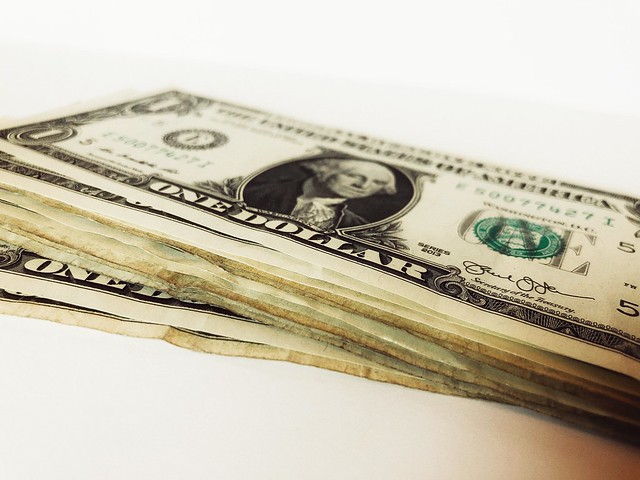According to the Mortgage Bankers Association’s Weekly Applications Survey, average mortgage rates fell again last week. It was the second consecutive week of declines. Rates fell across most loan categories, including 30-year fixed-rate loans with both conforming and jumbo balances, loans backed by the Federal Housing Administration, and 5/1 ARMs. Joel Kan, MBA’s vice president and deputy chief economist, says rates are at the lowest level in over a month. “Treasury yields continued to move lower last week and mortgage rates declined for the second week in a row, with the 30-year fixed rate down 10 basis points to … the lowest level since early April,†Kan said. Despite improved rates, however, demand for loans to buy homes declined week-over-week due to a drop in FHA purchase applications. The MBA’s weekly survey has been conducted since 1990 and covers 75 percent of all retail residential mortgage applications. (source)













